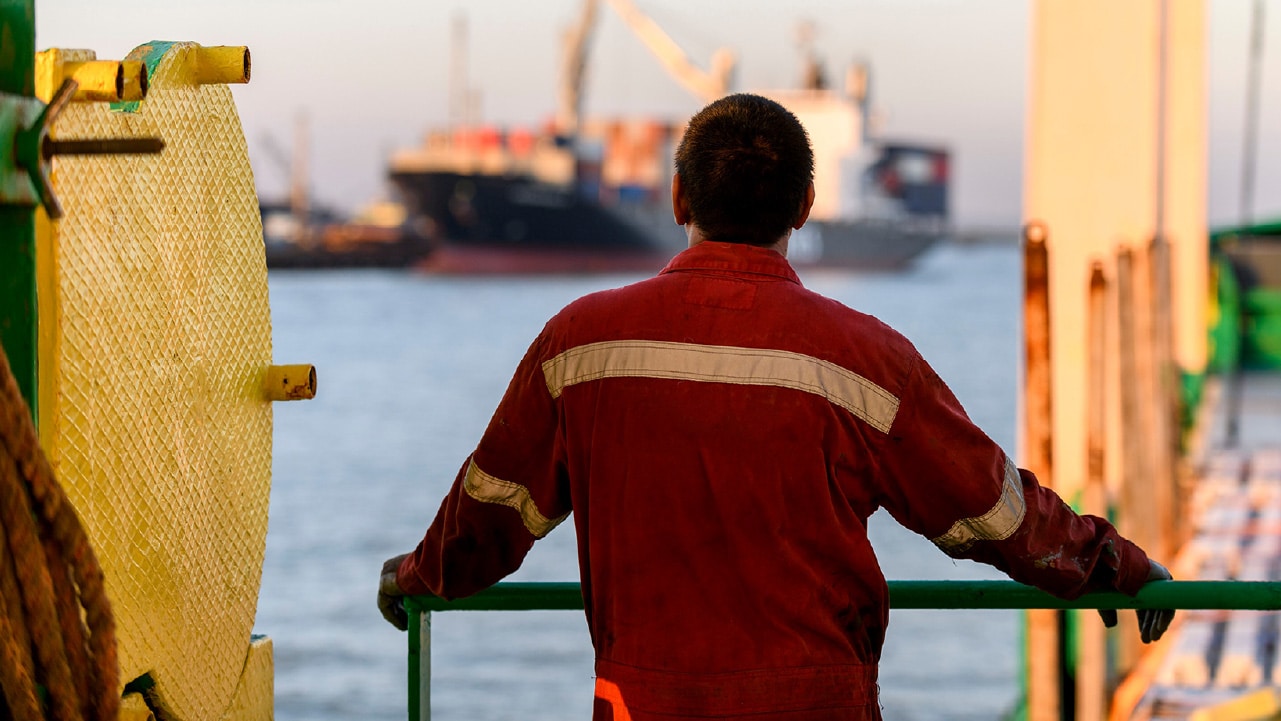Life on board is unique. Diverse crews live and work in close quarters for long periods. While this brings opportunities, it can also give rise to misunderstandings, tension, or even conflict. Such behaviours threaten individual wellbeing, team cohesion, and overall ship safety. This course equips seafarers with the knowledge and awareness to identify, prevent, and respond to harassment and bullying at sea. Understanding these issues is not just a matter of policy, it’s a shared responsibility vital to crew welfare and operational safety.
Highlights:
This course aims to equip learners with the essential understanding and knowledge needed to effectively recognize, prevent, and respond to harassment and bullying.
By the end of this course, you will be able to:
- Define violence, harassment, bullying, sexual harassment, sexual assault, and cyberbullying.
- Identify the signs and effects on victims, perpetrators, bystanders, and the shipboard team.
- Describe how power, stress, fatigue, discrimination, and substance use can lead to harm.
- Understand how to prevent, report, and respond to violence and harassment on board.
- Comprehend how to support others using trauma-informed principles.
Legislation & References: Based on the requirements of the following:
- ILO C190 – Violence and Harassment Convention, 2019 (No. 190)
- RESOLUTION MSC.560(108) – AMENDMENTS TO PART A OF THE SEAFARERS’ TRAINING, CERTIFICATION AND WATCHKEEPING (STCW) CODE
- STCW Table A-VI/1-4
- European Community Shipowners’ Associations (ECSA), & European Transport Workers’ Federation (ETF). Eliminating workplace harassment and bullying: Guidelines to shipping companies. Brussels: ECSA & ETF.
- International Chamber of Shipping (ICS), & International Transport Workers’ Federation (ITF). Guidance on eliminating shipboard harassment and bullying. London: ICS & ITF.
- Industry Best Practices
Duration: 45 minutes.
Who should attend:
- This course is addressed to All Crew (Management and Operational), and Shore-based personnel
Certificate: ABS






